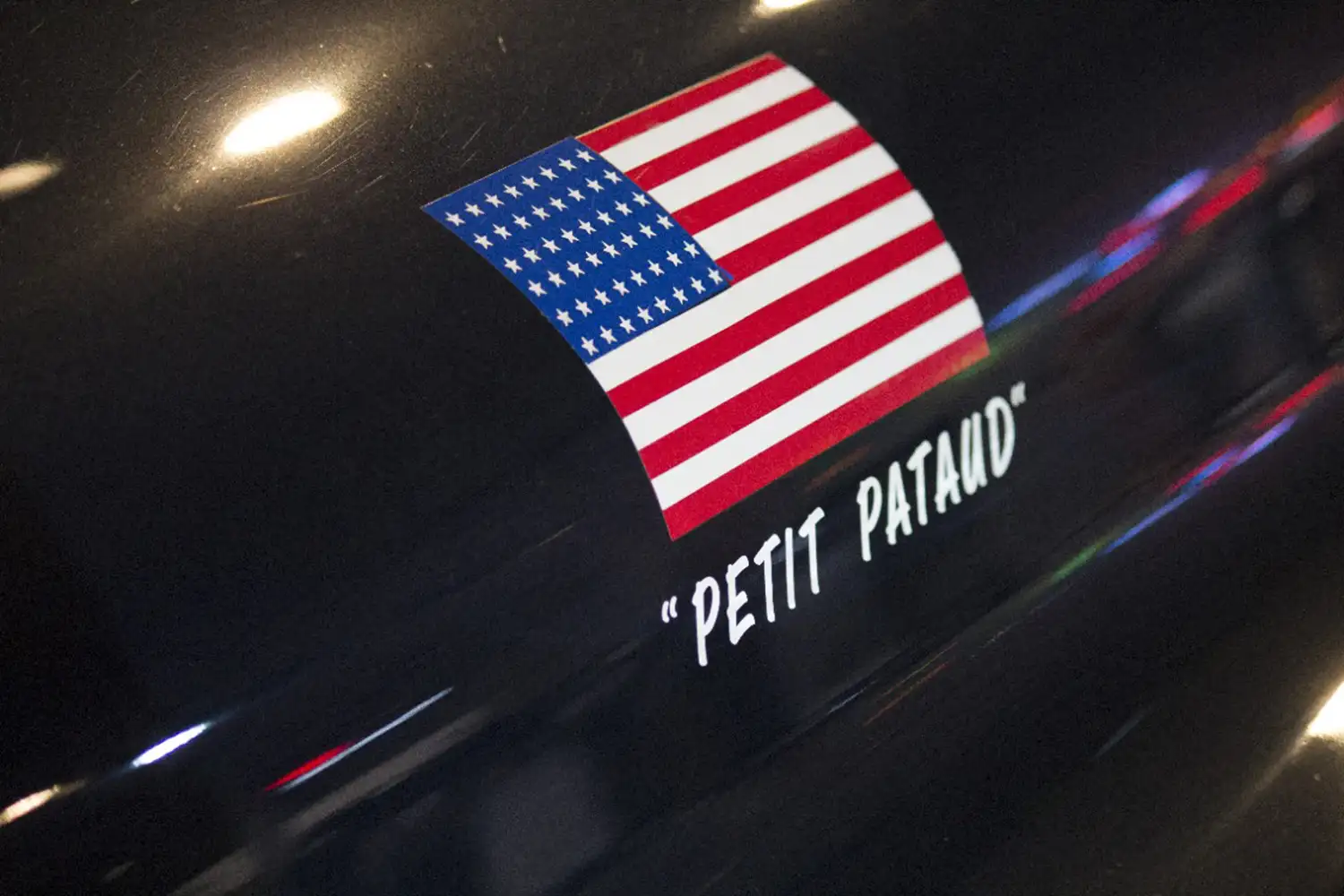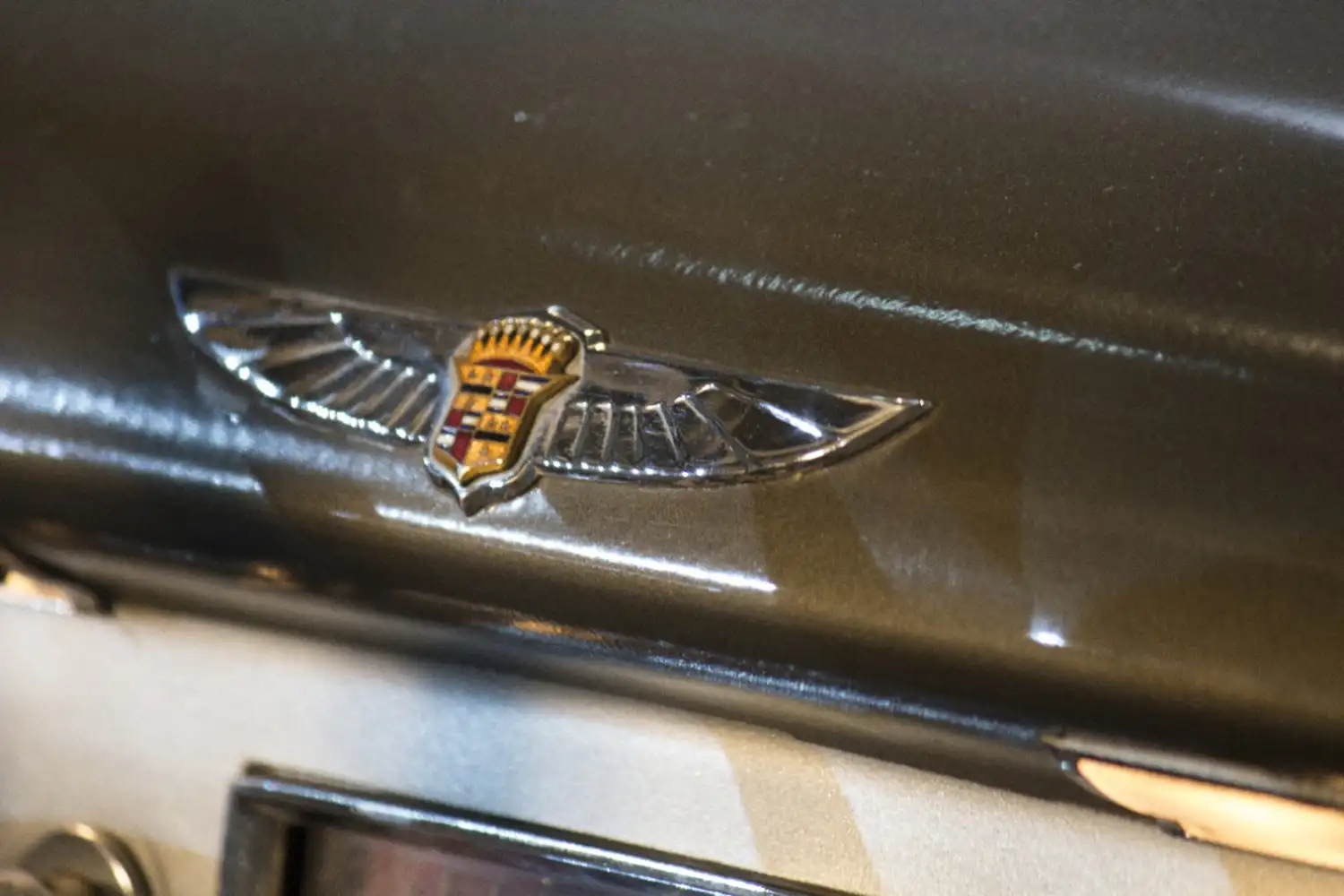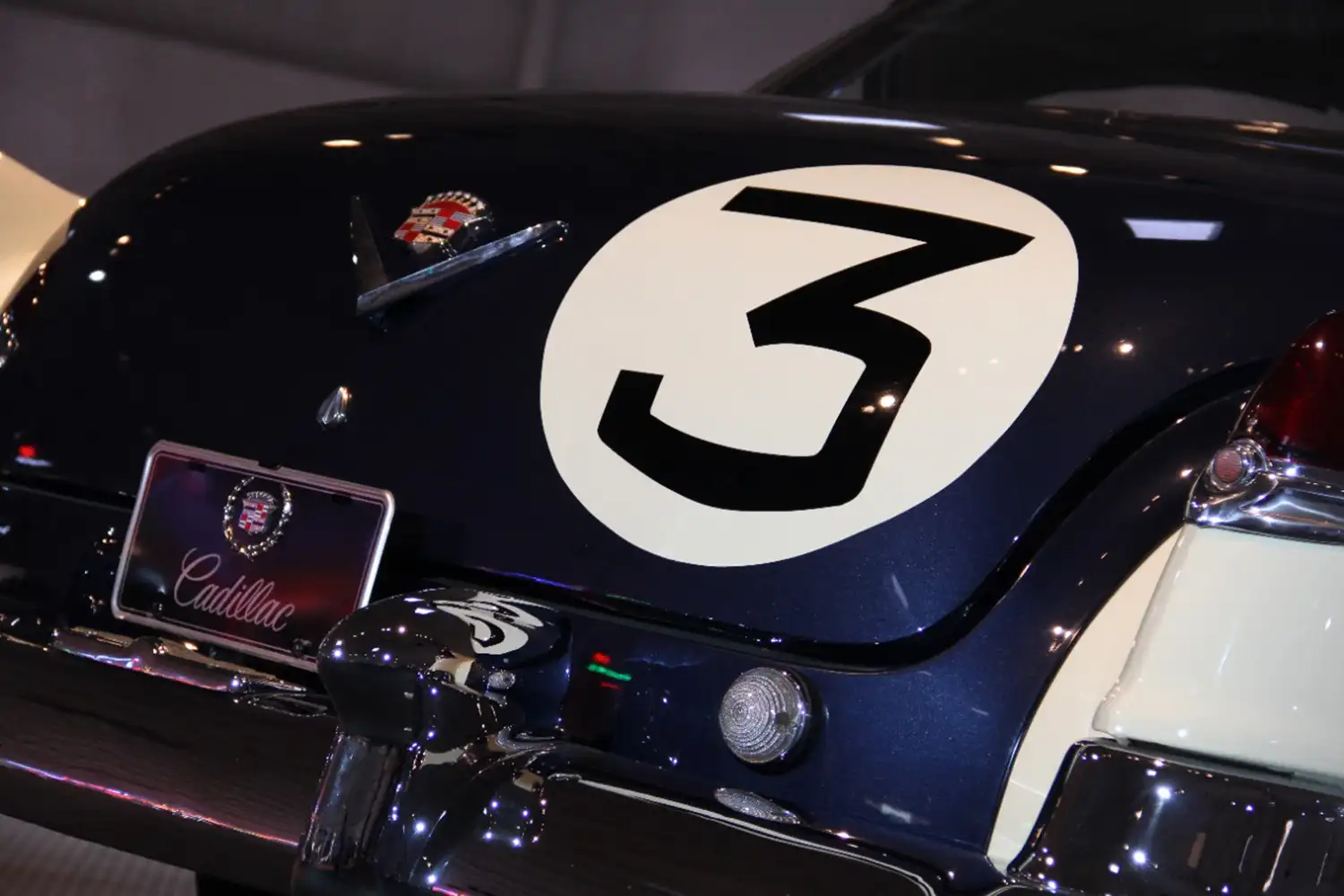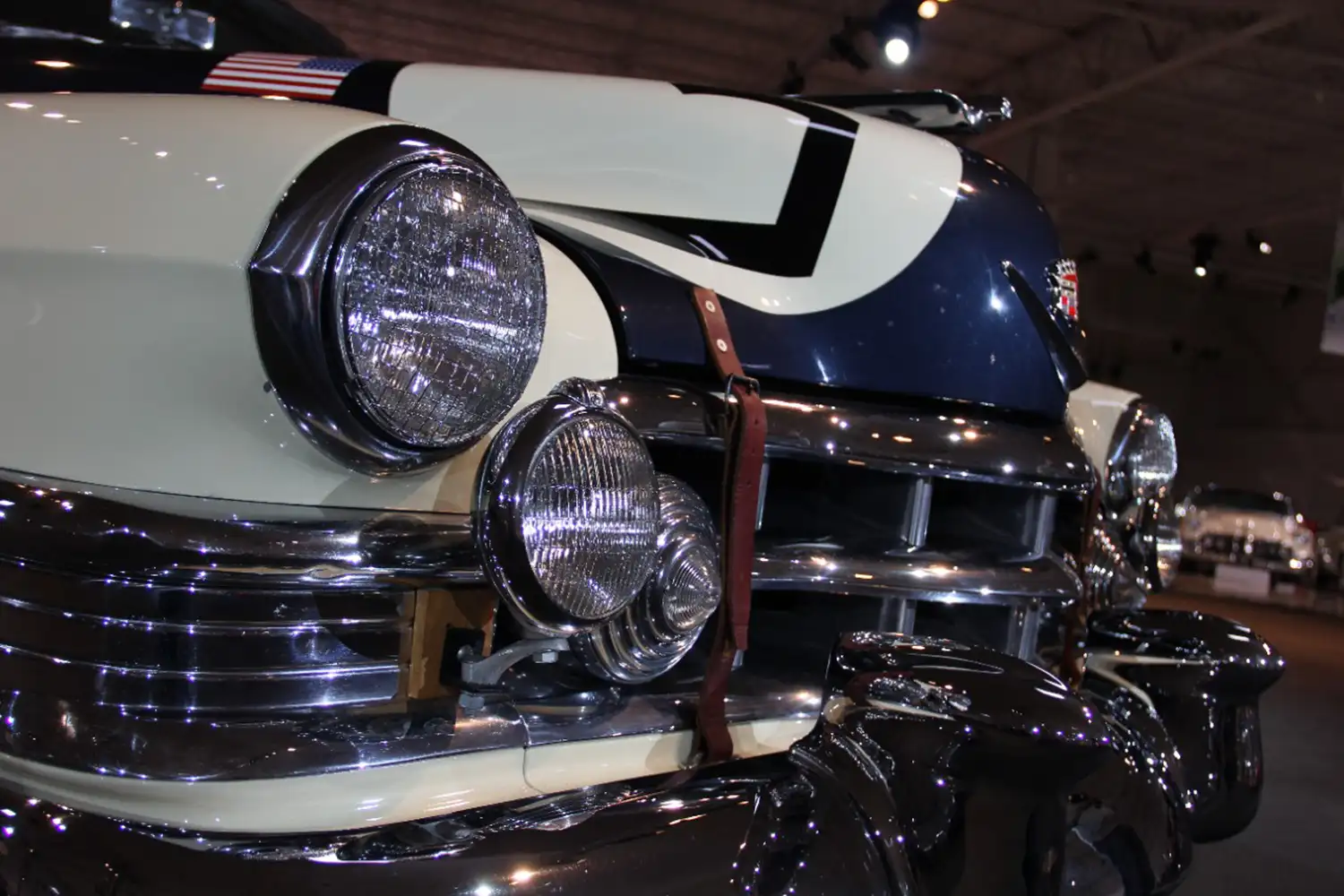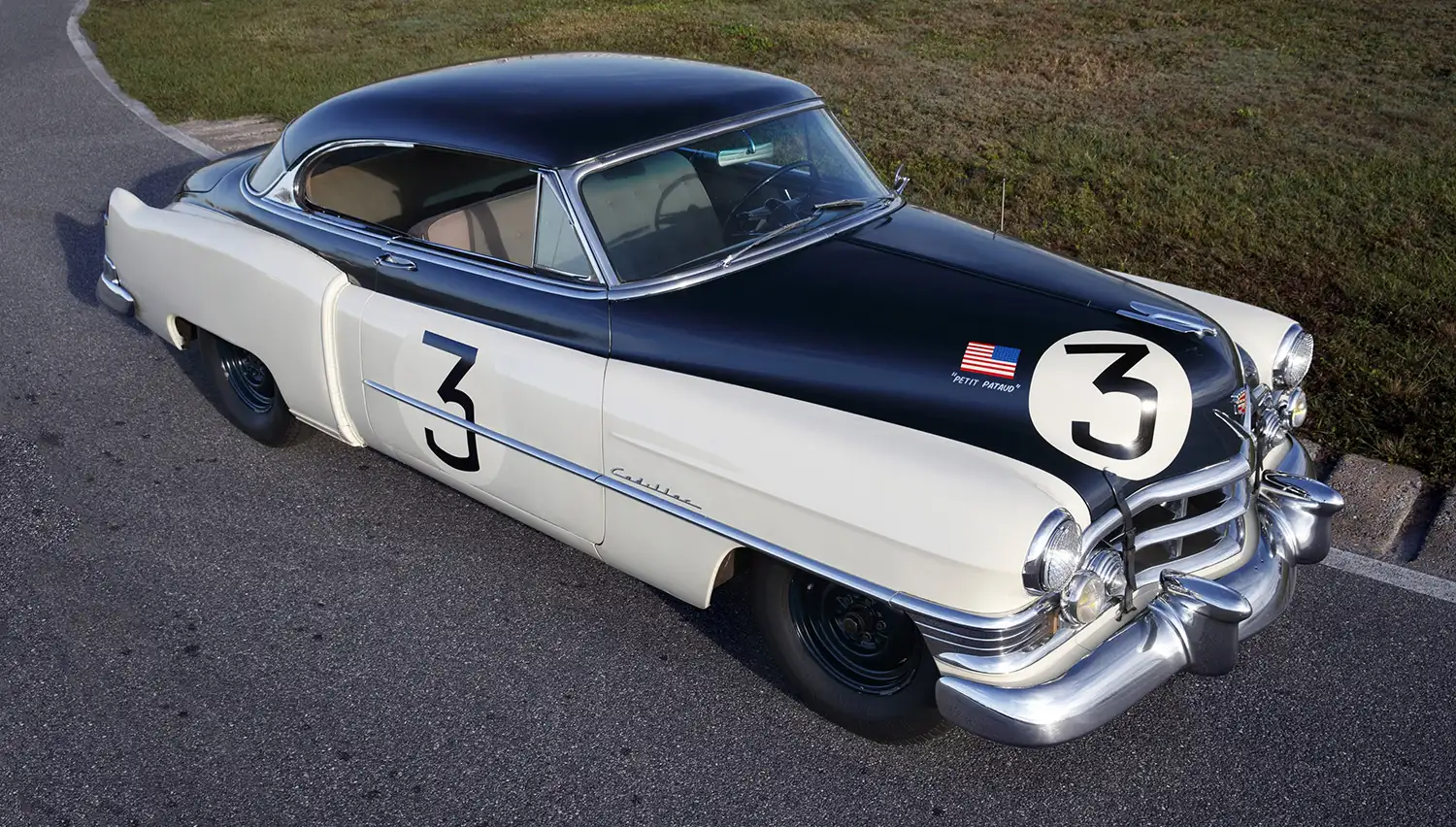
In 1950, something truly unexpected happened at the 24 Hours of Le Mans. The 1950 Cadillac Series 61 Le Monstre arrived with a look that turned heads and a purpose that challenged European convention. It was big, loud, and unapologetically American, and it made history.
Cadillac sent two entries to the race. One was a near-stock Series 61 coupe with light modifications. The other, though, was something far more daring. Nicknamed “Le Monstre” by the French press, it featured a completely new aerodynamic body that looked like it came from a science fiction sketch.
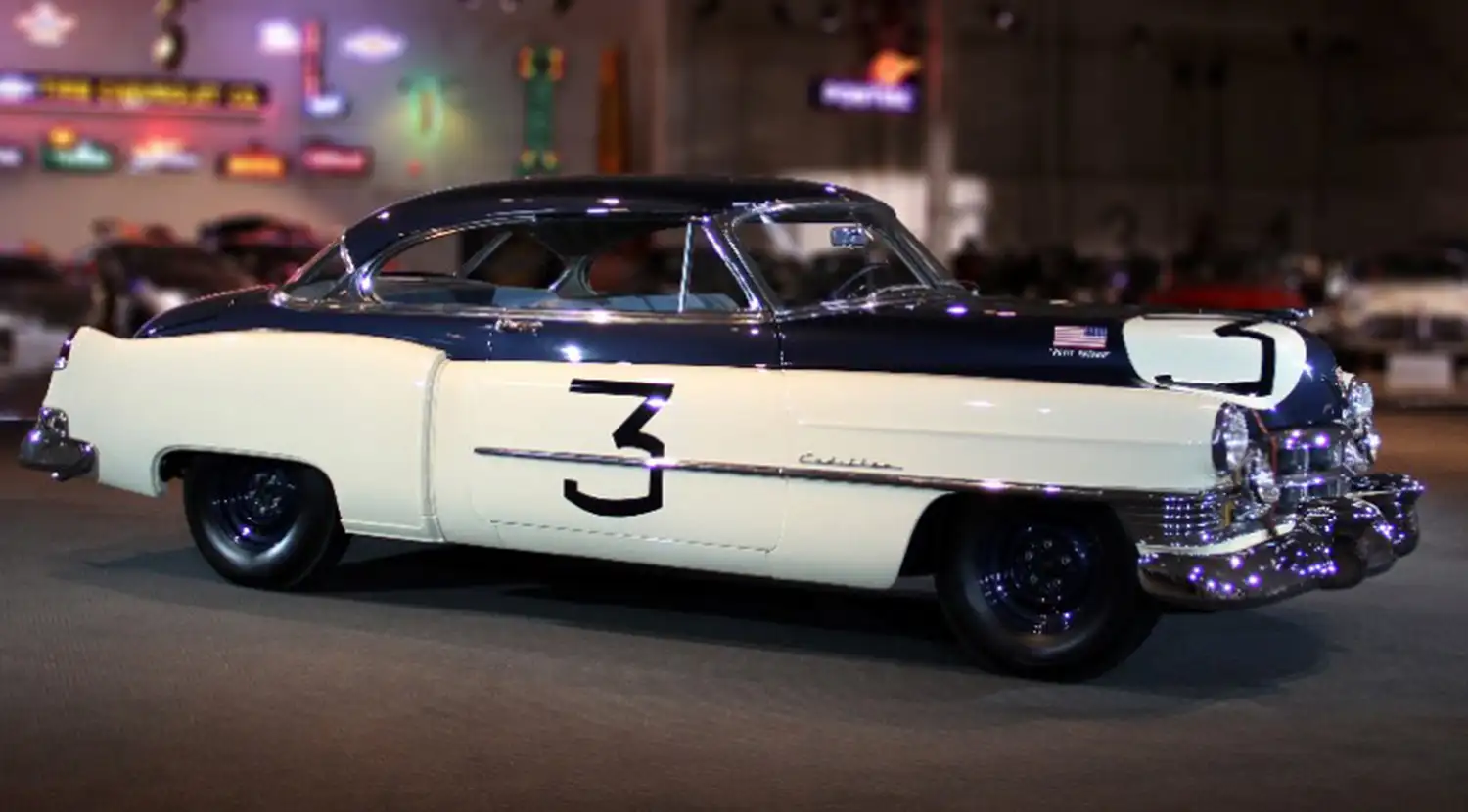
The Story Behind the Shape
The unique body wasn’t just for show. The Cadillac team enlisted Bill Frick, known for his Fordillac creations, to lead the rebodying. But they didn’t stop there. Engineers from Grumman Aircraft Corporation got involved, helping to shape the car’s aluminum bodywork for improved high-speed stability.
What emerged was a low, wide, and streamlined machine unlike anything else on the grid. Though controversial in appearance, it had clear goals: reduce drag, increase top speed, and bring American power to the French countryside.
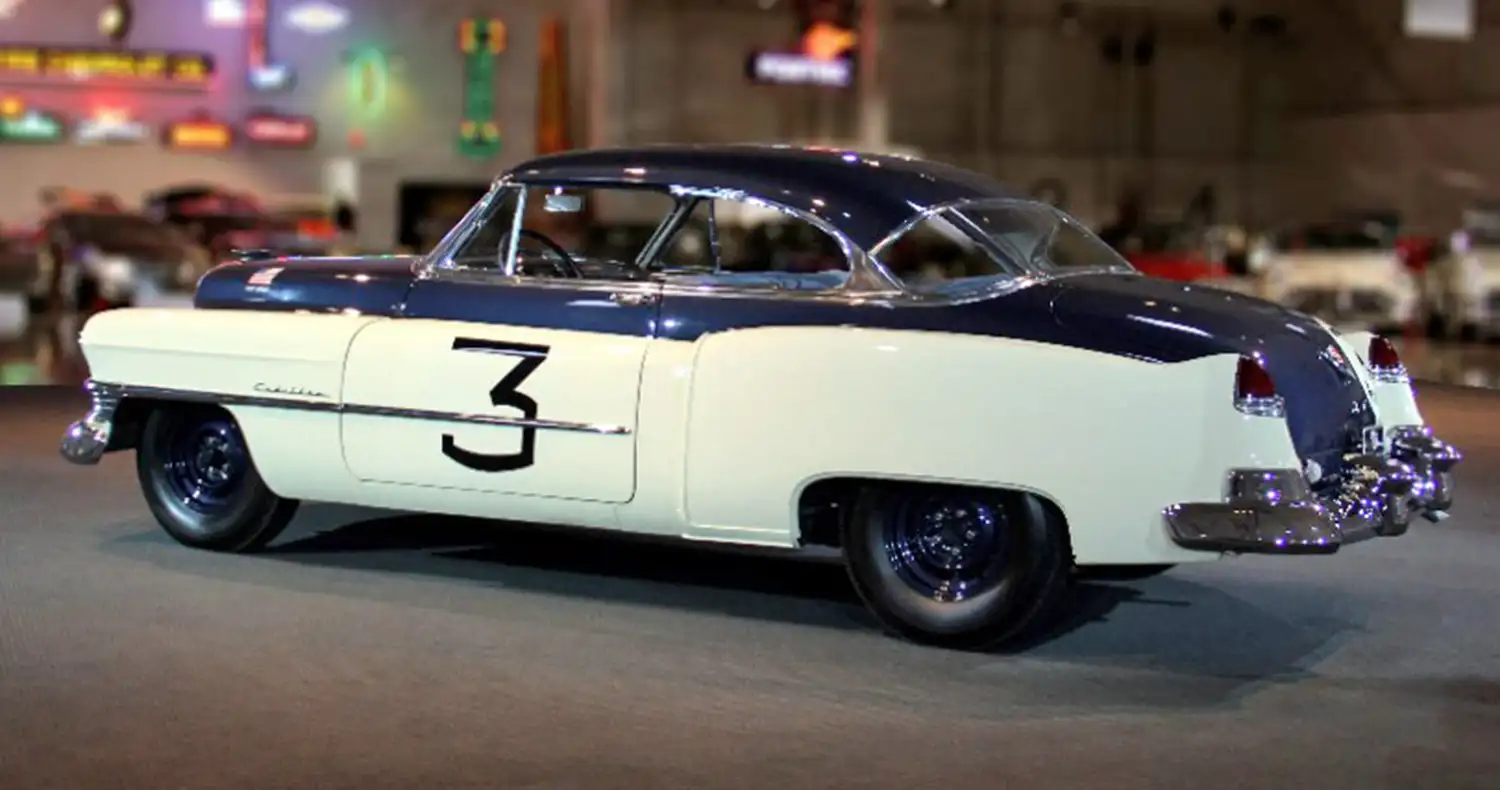
Power and Performance Specs
Underneath the aircraft-inspired body, the 1950 Cadillac Series 61 Le Monstre stayed true to its Detroit roots. It retained the 5.4-liter Cadillac V8 engine, delivering an estimated 160 horsepower. The three-speed manual transmission and rear-wheel drive layout remained intact.
Thanks to the body redesign, Le Monstre gained a significant edge in aerodynamics. While top speeds approached 130 mph, it was the torque-rich V8 and solid reliability that helped it hold its own on the grueling Le Mans circuit.
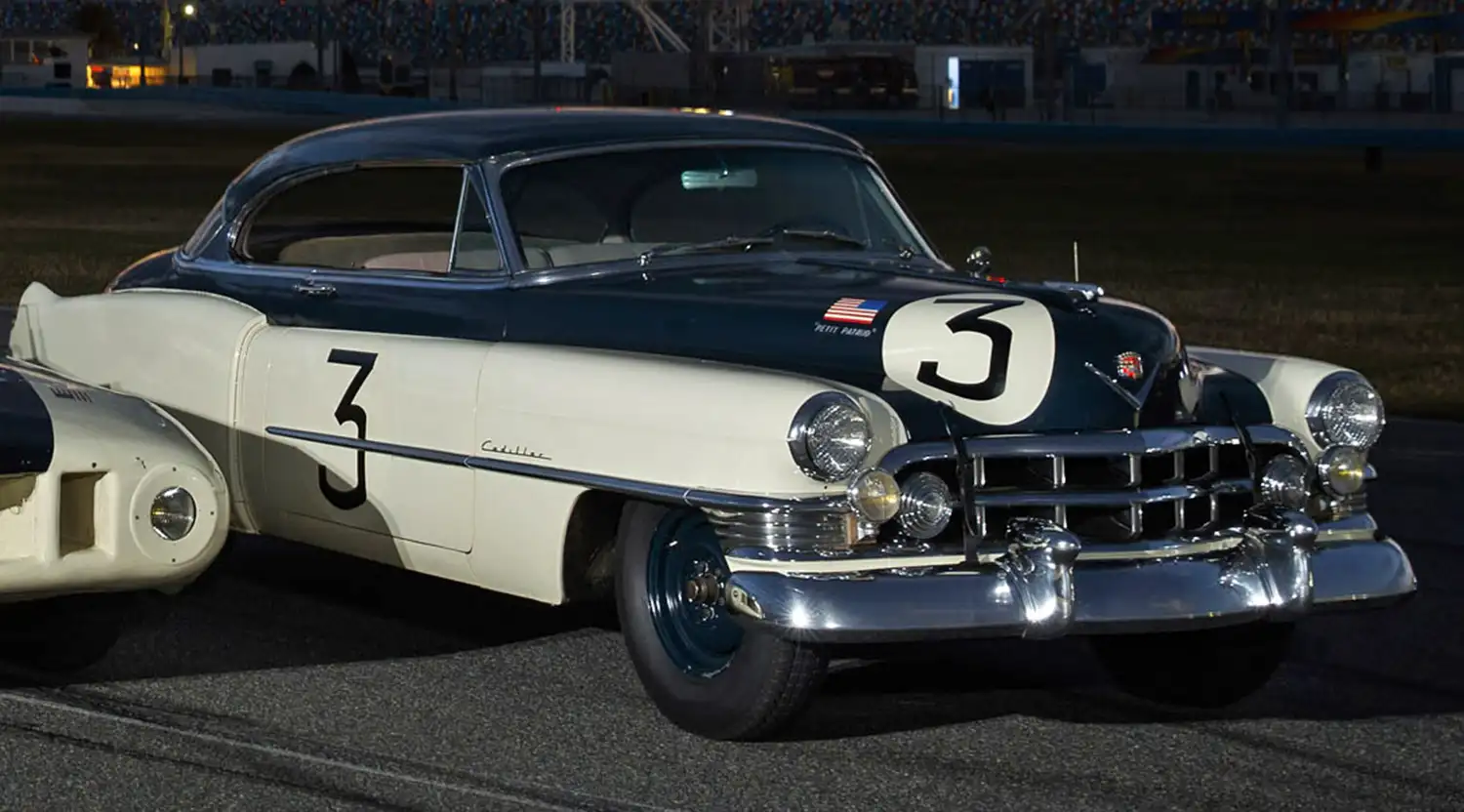
The rebodied machine weighed more than its European rivals, but its endurance and straight-line power made it a contender. Mechanical reliability meant the car completed the race, a major achievement for a first-time effort.
Making a Statement at Le Mans
While Le Monstre didn’t win, it succeeded in making a bold statement. Cadillac proved it could compete internationally, and that American engineering wasn’t limited to comfort cruisers. The car placed 11th overall, just behind its more conventional sibling, and captured attention around the world.
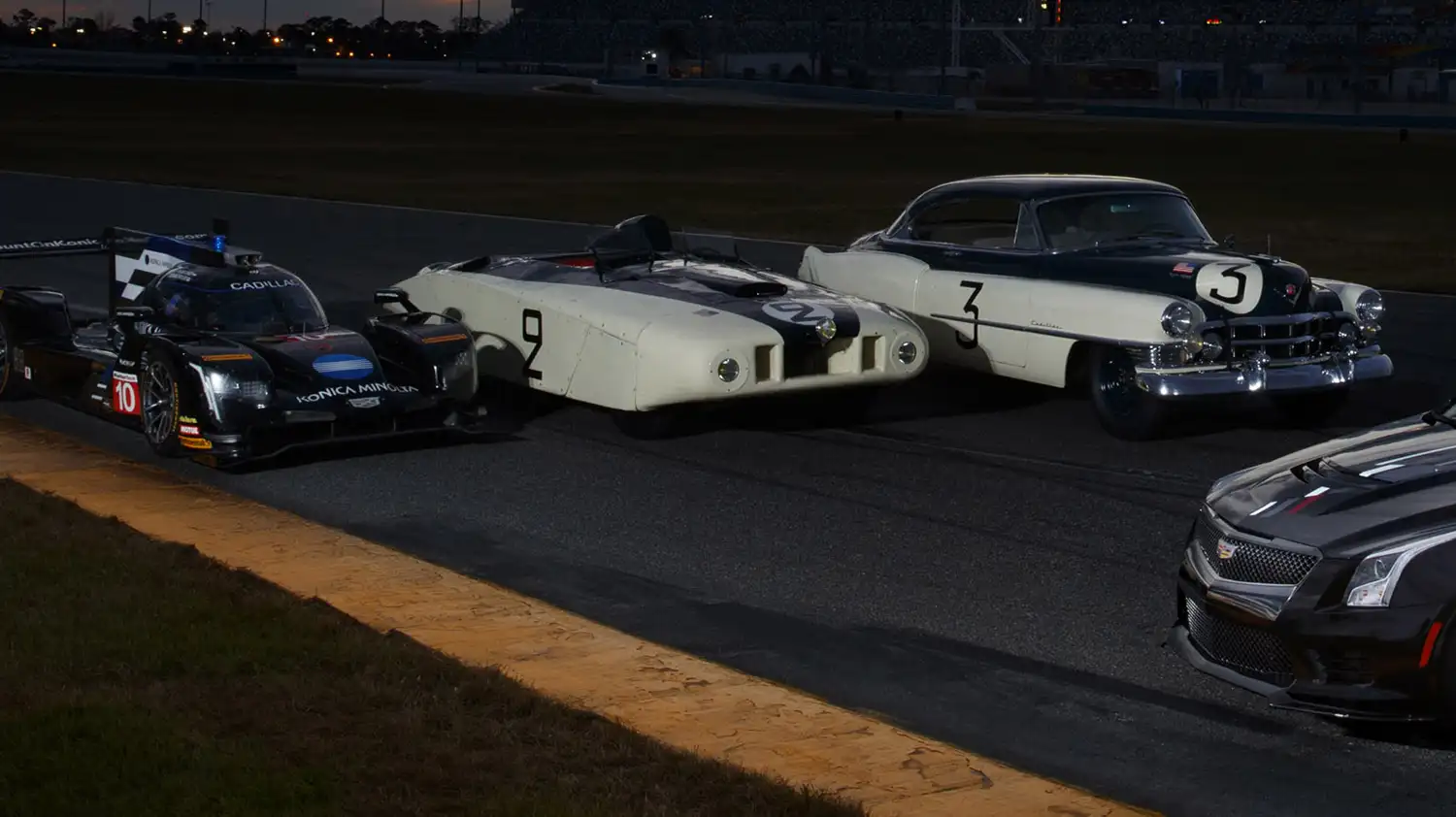
Its nickname, “Le Monstre,” may have started as a jab, but it quickly became a badge of honor. The car’s radical looks and surprising performance gave it lasting legend status among both racing fans and Cadillac enthusiasts.
A Legacy of Innovation
Looking back, the 1950 Cadillac Series 61 Le Monstre represented more than a racing experiment. It symbolized a moment when creativity and courage came together in motorsport. American teams stepped outside their comfort zone and tackled one of the world’s toughest races head-on.
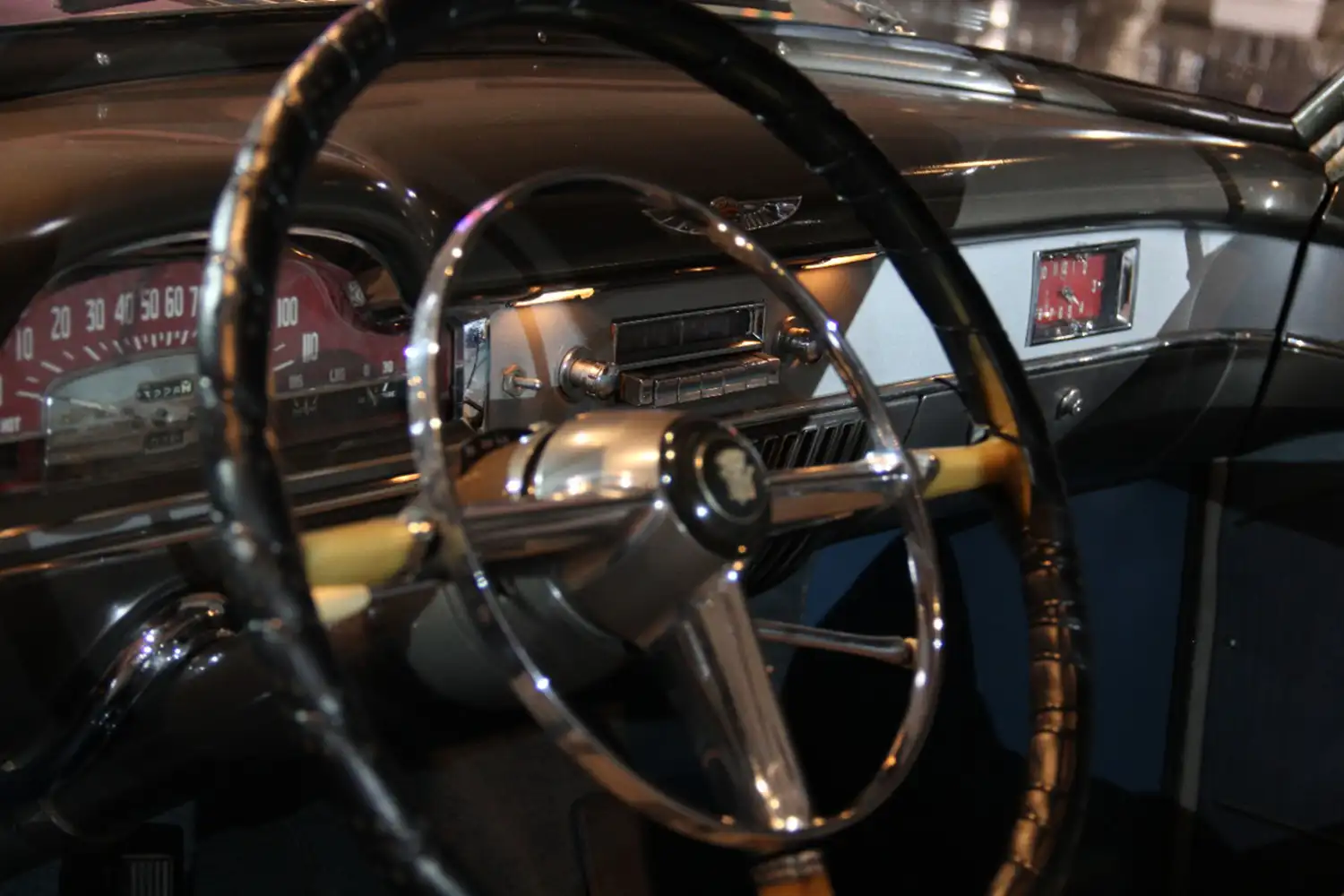
Even today, Le Monstre continues to inspire with its mix of brute strength and bold design. It’s a reminder that innovation often starts with the willingness to be different.
Summary
The 1950 Cadillac Series 61 Le Monstre was far more than a quirky race car. It embodied a fearless vision of American performance on the world stage. With its aircraft-inspired design and raw power, it left a legacy that still fascinates decades later.
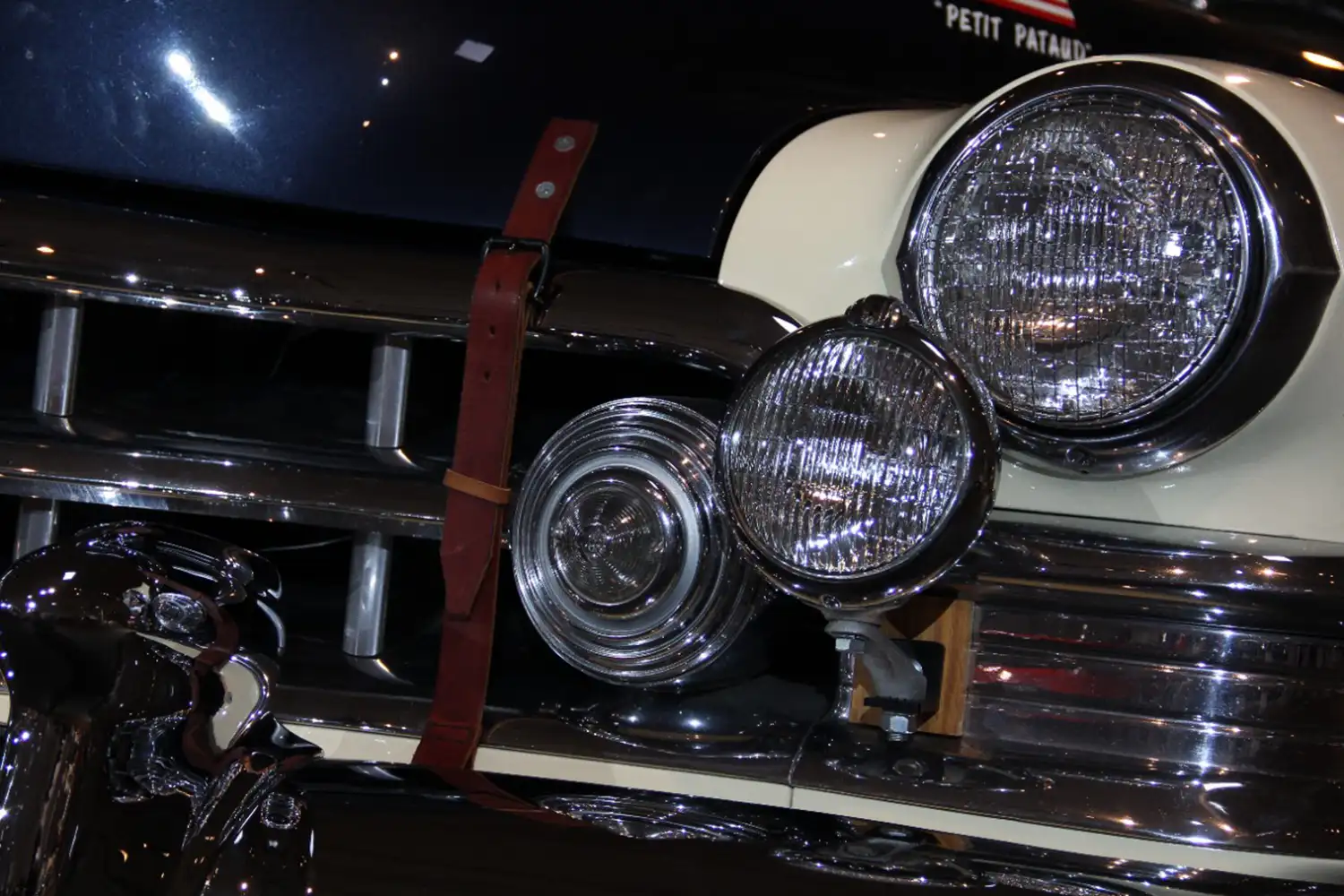
Disclaimer: Specifications and historical details are based on original 1950 records and may not reflect current configurations.
Source: GM Heritage
